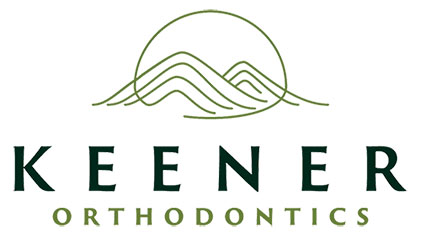Early Treatment
Dr. Horbaly's Early Treatment Philosophy:
"Early orthodontic treatment seems to be the most controversial issue for both parents and even some orthodontists. Almost weekly I hear from a different parent in my practice how their child's friends, who are only nine or ten years old, have braces and are undergoing treatment. I tell them the majority of orthodontic problems can and should be treated at the time of comprehensive orthodontic treatment when the patient is an adolescent experiencing their peak growth period. In contrast but supported by sound research, there are a few specific orthodontic problems shown to be most effectively treated at an early age or when the problem is detected. These problems are mainly skeletal problems such as significant crossbites, and underbites, but can also include thumb habits and space maintenance issues. Most orthodontic problems, including crowding and deep-bites, are more effectively treated as part of comprehensive treatment."
"In my practice, early orthodontic treatment has a specific goal and is usually completed within a specified time period not lasting more than 9 to 12 months."

Test
When is the best time to begin orthodontics?
Though an orthodontist can enhance a smile at any age, there is an optimal time period to begin treatment. The American Association of Orthodontists recommends that the initial orthodontic evaluation should occur at the first sign of orthodontic problems or no later than age seven. At this early age, orthodontic treatment may not be necessary, but vigilant examination can anticipate the most advantageous time to begin treatment.
What are the benefits of early orthodontic evaluation?
Early evaluation provides both timely detection of problems and greater opportunity for more effective treatment. Prudent intervention guides growth and development, preventing serious problems later. When orthodontic intervention is not necessary, an orthodontist can carefully monitor growth and development and begin treatment when it is ideal.
Why is age seven considered the optimal time for screening?
By the age of seven, the first adult molars erupt, establishing the back bite. During this time, an orthodontist can evaluate front-to-back and side-to-side tooth relationships. For example, the presence of erupting incisors can indicate possible overbite, open bite, crowding or gummy smiles. Timely screening increases the chances for the best orthodontic outcome.
What are the advantages of interceptive treatment?
Some of the most direct results of interceptive treatment are:
- Creating room for crowded, erupting teeth
- Creating facial symmetry through influencing jaw growth
- Reducing the risk of trauma to protruding front teeth
- Preserving space for unerupted teeth
- Reducing the need for tooth removal
- Reducing treatment time with braces
Are you a candidate for orthodontic treatment?
Orthodontics is not merely for improving the aesthetics of the smile; orthodontic treatment improves bad bites (malocclusions). Malocclusions occur as a result of tooth or jaw misalignment. Malocclusions affect the way you smile, chew, clean your teeth or feel about your smile.

